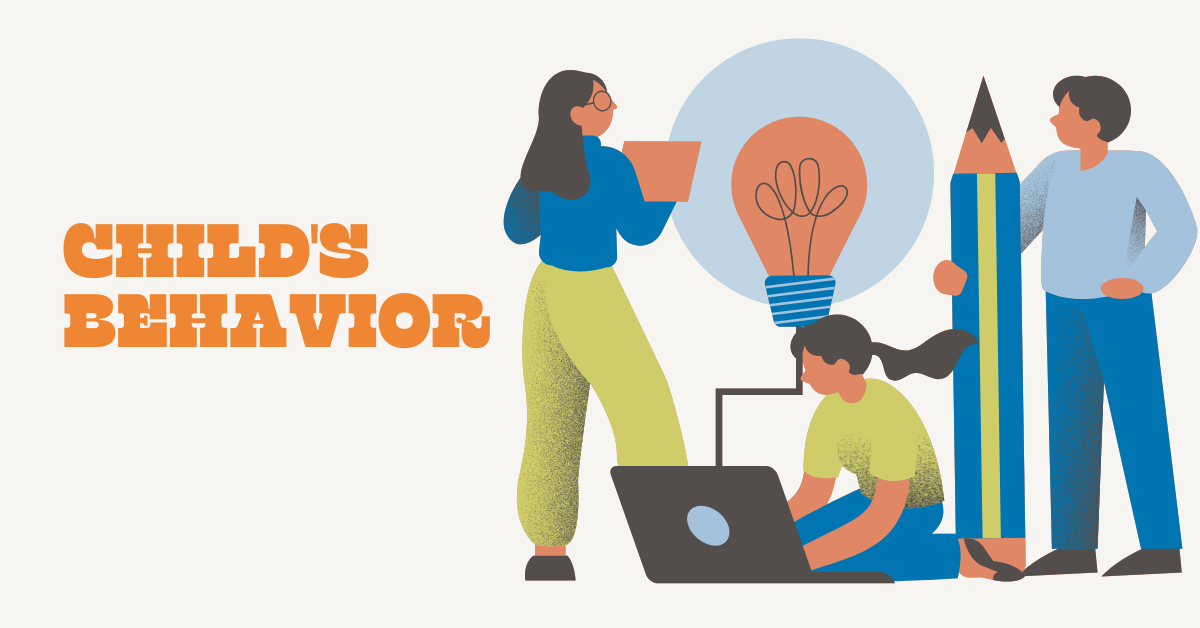
Understanding and managing classroom behavior is a cornerstone of effective teaching. While most students are honest and well-intentioned, there are times when some may manipulate situations for personal gain. Recognizing this behavior early can help teachers address it constructively, fostering a fair and supportive environment for all students. In this article, we’ll explore the nuances of manipulative behavior in children, its underlying causes, and practical strategies for teachers to identify and manage it effectively.
What Is Manipulative Behavior in Children?
Manipulative behavior in children involves using tactics like exaggeration, dishonesty, or emotional outbursts to influence outcomes in their favor. It’s often subtle and can be mistaken for genuine need or distress. For example, a student might claim they didn’t hear instructions to avoid completing an assignment or exaggerate an issue to gain sympathy or attention.
Why Do Children Manipulate Situations?
Understanding the reasons behind manipulative behavior is the first step in addressing it. Children don’t manipulate situations randomly; their actions are often driven by unmet needs or environmental factors. Here are some common reasons:
Seeking Attention:
Children who feel overlooked may resort to manipulation to draw attention to themselves, whether through dramatic stories or feigned distress.
Testing Boundaries:
Manipulation can be a way for children to test the limits of authority, figuring out how far they can go before facing consequences.
Avoiding Consequences:
Whether it’s dodging homework or escaping punishment, some children manipulate to avoid negative outcomes.
Emotional Needs:
Manipulation can sometimes be a cry for help, signaling deeper emotional struggles that need addressing.
Learned Behavior:
Children who observe manipulative behavior at home or among peers may mimic it, seeing it as an effective way to get what they want.
Common Signs of Manipulative Behavior
Recognizing manipulative behavior requires keen observation. Here are some common signs teachers should watch for:
1. Sudden Emotional Outbursts
When a child reacts with extreme emotions—like crying, yelling, or sulking—over seemingly minor issues, it may be a tactic to divert attention or elicit sympathy.
2. Inconsistent Stories
If a student’s account of an event changes depending on who they’re speaking to, it’s a red flag. For instance, they might tell one teacher they forgot their homework and another that they were sick.
3. Shifting Blame
Children who frequently blame others for their mistakes or shortcomings may be trying to avoid accountability.
4. Selective Listening
Pretending not to hear instructions or only following the parts they like can be a subtle way to manipulate situations.
5. Overly Charming Behavior
Some children use charm or flattery to win favor, making it harder for teachers to enforce rules or consequences.
Factors Influencing Manipulative Behavior
Manipulative behavior doesn’t exist in a vacuum; it’s often shaped by external factors. Understanding these influences can help teachers address the root causes effectively.
- Family Environment:
A child who witnesses manipulative behavior at home may see it as normal or acceptable. - Peer Pressure:
Children may adopt manipulative tactics to fit in with peers or gain social standing. - Developmental Stage:
Younger children, in particular, may experiment with manipulation as they learn about social dynamics and boundaries.
How Teachers Can Differentiate Between Genuine Needs and Manipulation
One of the biggest challenges teachers face is distinguishing between genuine needs and manipulative tactics. Here are some strategies to help:
- Observe patterns:
Is the behavior a one-time occurrence, or does it happen regularly? Consistent patterns often indicate manipulation. - Consider Context:
Look at the broader situation. Is the child under stress or facing challenges that might explain their behavior? - Watch for Emotional Cues:
Genuine distress often comes with visible signs, like trembling or tears, while manipulative behavior may seem exaggerated or inconsistent. - Ask open-ended questions:
Encourage the child to explain their actions. Their responses can reveal whether their behavior is genuine or strategic.
Effective Strategies for Addressing Manipulative Behavior
1. Set Clear Boundaries
Children thrive on structure and consistency. Communicate classroom rules and enforce them fairly, ensuring all students understand the consequences of manipulative behavior.
2. Encourage Honest Communication
Create a safe space where students feel comfortable expressing their needs and concerns without resorting to manipulation.
3. Promote Empathy and Accountability
Teach students to consider how their actions affect others. Role-playing exercises or group discussions can help them understand the importance of honesty and integrity.
4. Reinforce Positive Behavior
Rewarding honesty and effort, even in small ways, can encourage students to adopt more constructive behaviors.
5. Stay Calm and Neutral
When faced with manipulative tactics, avoid reacting emotionally. Instead, respond calmly and focus on the behavior, not the child.
When to Involve Parents or Counselors
If manipulative behavior becomes persistent or disrupts the classroom, it’s essential to involve parents or school counselors. Collaboration ensures that the child receives consistent guidance at home and in school. For example:
- Persistent Dishonesty:
If a child frequently lies or exaggerates, discussing the issue with parents can provide insight into underlying causes. - Emotional Distress:
If manipulation seems to stem from anxiety or other emotional challenges, a counselor can help address these issues.
Practical Examples of Handling Manipulative Behavior
Scenario 1: Feigned Illness
A student claims to feel sick every time there’s a test.
Solution:
Respond empathetically but firmly, offering them the option to take the test later if they genuinely feel unwell. This approach removes the immediate reward for manipulation.
Scenario 2: Blaming Others
A child accuses a classmate of disrupting the group project.
Solution:
Facilitate a group discussion to uncover the truth, emphasizing teamwork and accountability.
Creating a Positive Classroom Environment
A supportive and inclusive classroom can reduce the likelihood of manipulative behavior. Here’s how:
- Encourage Collaboration: Group activities and peer mentoring foster trust and mutual respect.
- Model Integrity: Teachers who demonstrate honesty and fairness set a powerful example for students to follow.
- Celebrate Individual Strengths: Recognizing each student’s unique abilities can reduce the need for attention-seeking behaviors.
The Long-Term Impact of Addressing Manipulation Early
Addressing manipulative behavior early helps children develop essential life skills, such as honesty, empathy, and problem-solving. These skills benefit them in school and prepare them for future relationships and challenges.
Manipulative behavior in children is often a symptom of deeper needs or challenges. By understanding the root causes and responding with empathy and consistency, teachers can guide students toward healthier, more constructive ways of interacting with others. A classroom built on trust, fairness, and open communication is one where all students can thrive.
FAQs
1. How can teachers identify manipulative behavior early?
2. What causes manipulative behavior in children?
3. How should teachers respond to manipulation?
4. Is manipulation a sign of deeper issues?
5. What role do parents play in addressing manipulative behavior?







